

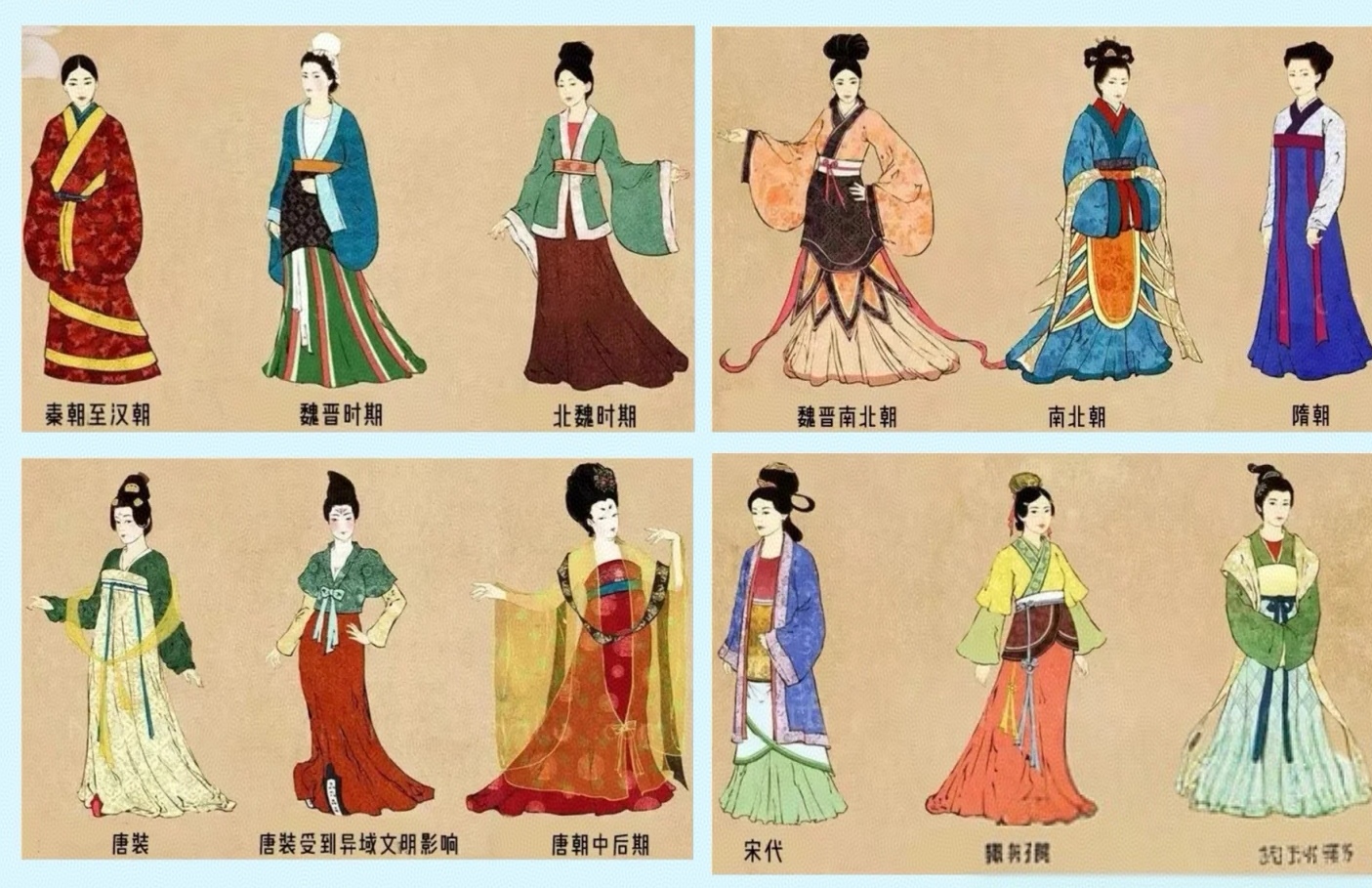
Hanfu originated during the Yellow Emperor period, was formalized in the Zhou Dynasty, and formed a complete crown and clothing system in the Han Dynasty. Hanfu is not only the traditional clothing of the Han people but also an important part of Chinese etiquette culture, carrying the profound heritage of Chinese civilization.
Watch Hanfu Origins Video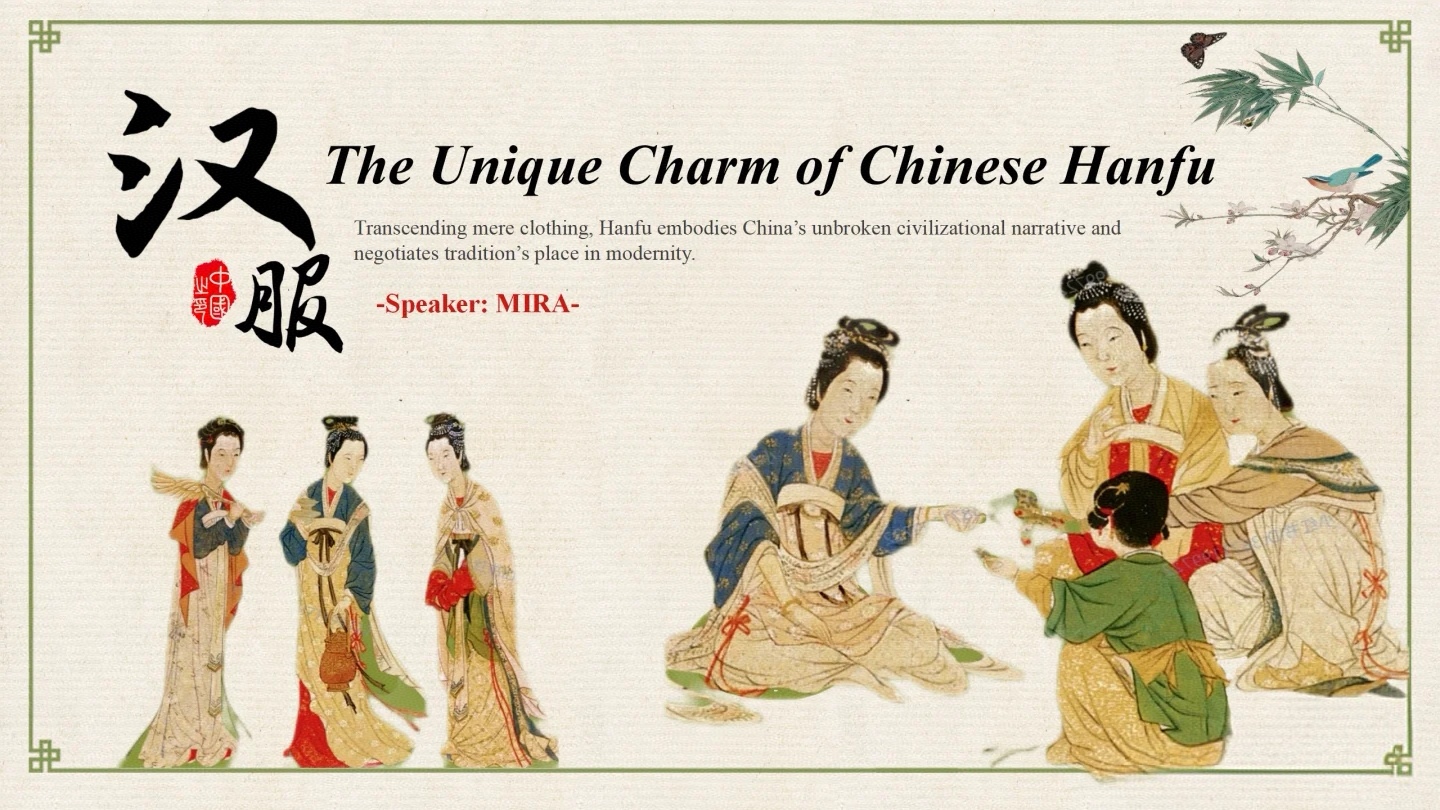
From the deep garments of Qin and Han, the wide robes and large sleeves of Wei and Jin, to the chest-high ruqun of the Tang Dynasty, the beizi of the Song Dynasty, and the horse-face skirts of the Ming Dynasty, Hanfu had unique developments and changes in different dynasties, showcasing the aesthetic characteristics and cultural features of each period.
Watch Evolution Video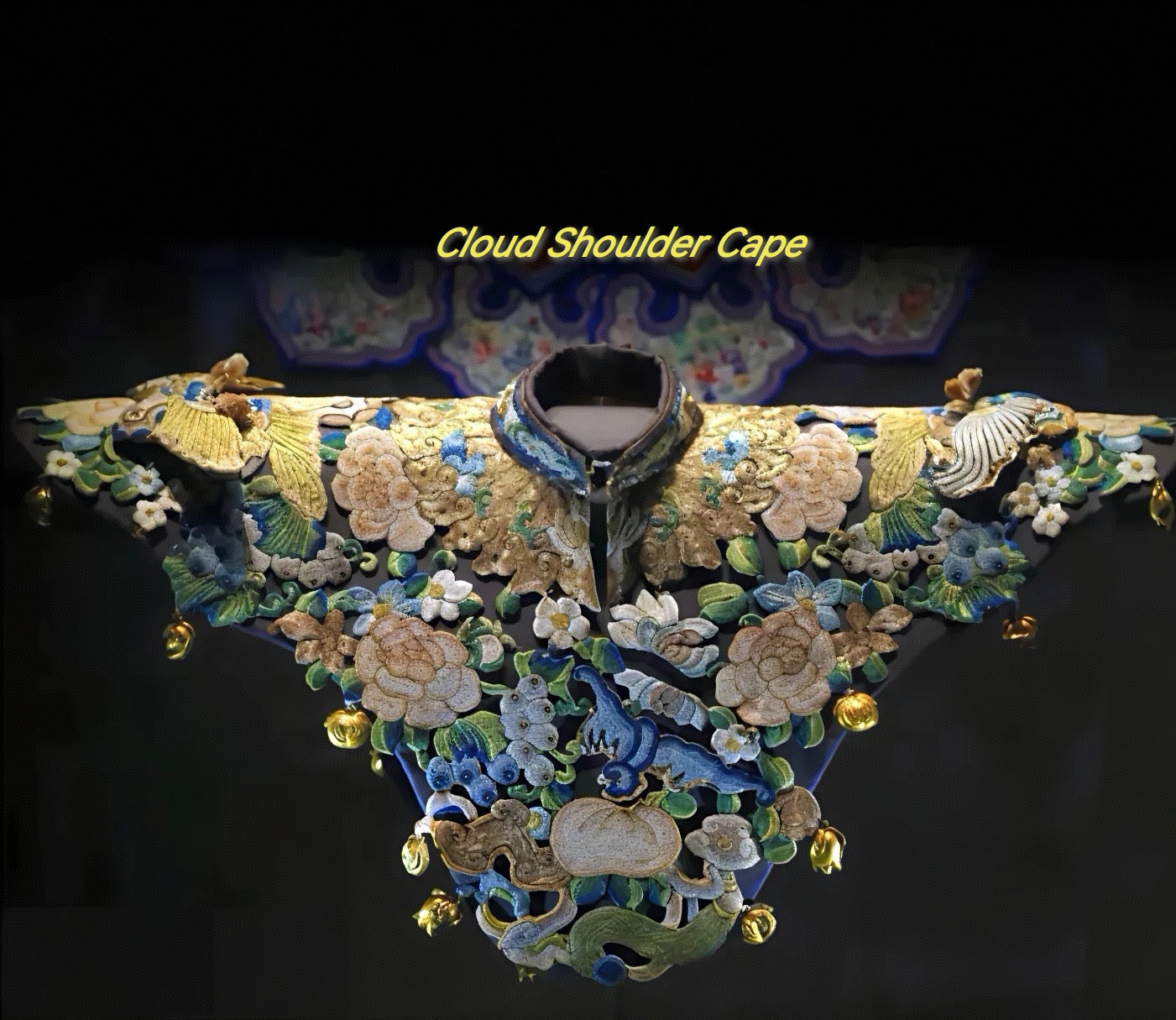
The embroidery craftsmanship of Hanfu has a long history, from simple geometric patterns to complex flowers, birds, insects, and fish, each pattern contains profound cultural meanings and aesthetic value. Traditional embroidery techniques such as Su embroidery and Xiang embroidery add unique artistic charm to Hanfu.
Watch Embroidery Video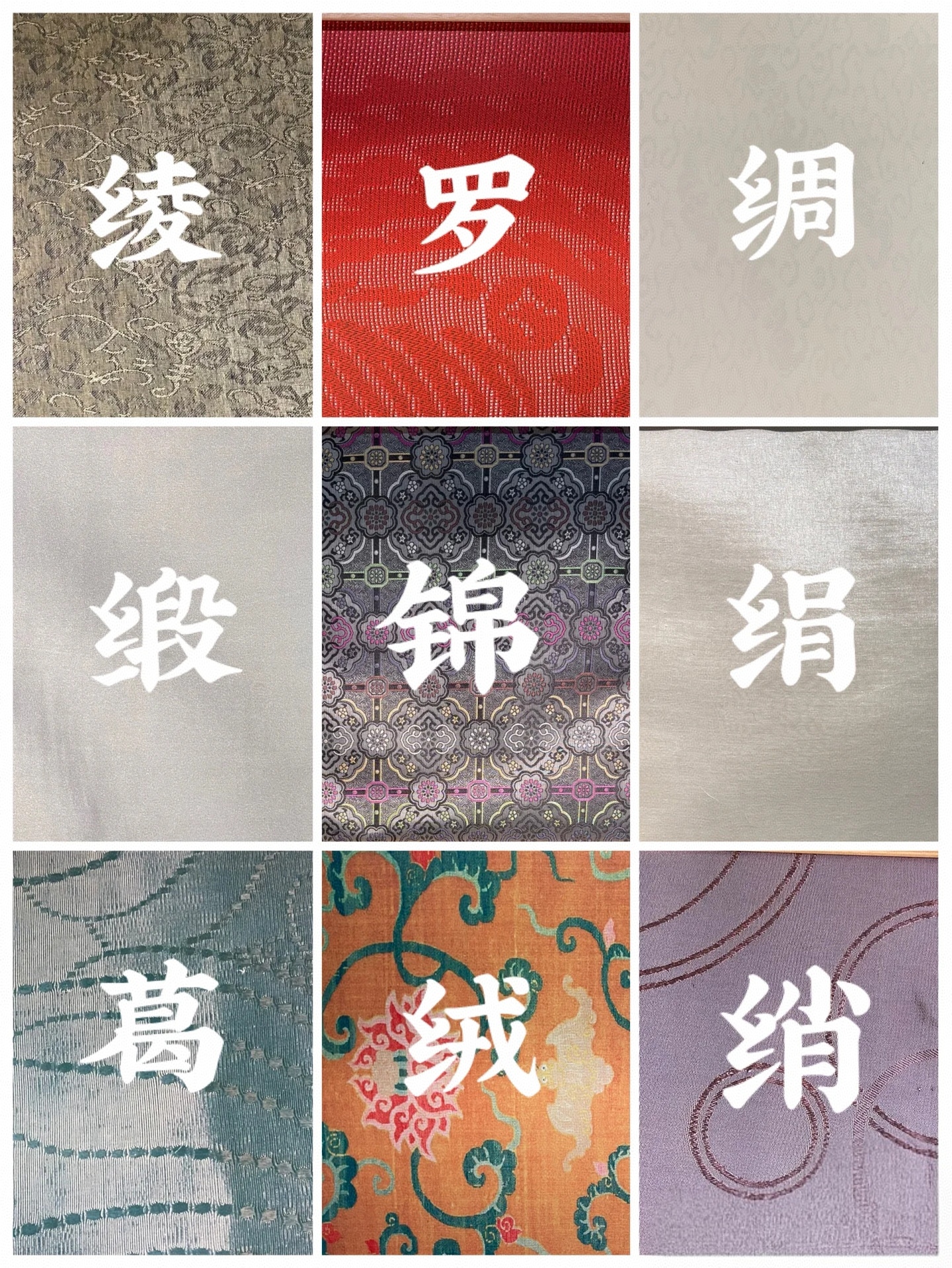
Hanfu mostly uses natural fabrics such as silk, cotton, and linen, which are not only comfortable and breathable but also showcase the elegant beauty of Hanfu. Different fabrics are suitable for different seasons and occasions, with silk being luxurious and cotton/linen being simple, each having its unique charm and applicable scenarios.
Watch Fabric Video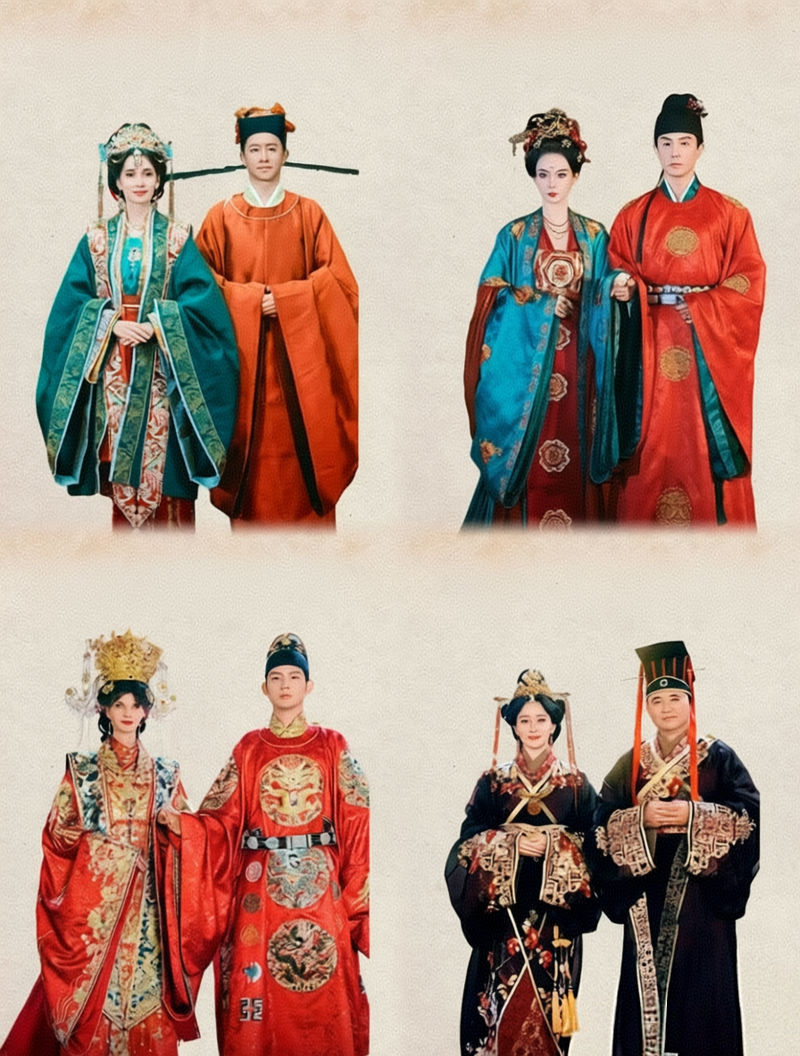
Hanfu is inseparable from Chinese etiquette culture. People of different occasions and statuses wear different Hanfu, reflecting the hierarchical order and distinction between elders and juniors in Chinese culture. The wearing norms of Hanfu itself are an embodiment of etiquette.
Watch Etiquette Video
In the wave of globalization, the Hanfu revival is not just a return to traditional clothing, but an awakening of cultural confidence. It symbolizes the repositioning of Eastern aesthetics on the international stage.
As a carrier of Chinese culture, Hanfu is building bridges for cultural exchange between East and West with its unique charm, allowing the world to rediscover the depth and breadth of Chinese civilization.
Against the backdrop of multicultural integration, the Hanfu revival movement reflects dialogue between tradition and modernity, nation and world, representing an important step for Chinese culture to go global.
The Hanfu revival movement is not only a revival of traditional clothing but also the inheritance and innovation of excellent traditional Chinese culture. Through Hanfu, young people are rediscovering and loving their cultural roots, injecting new vitality into traditional culture.